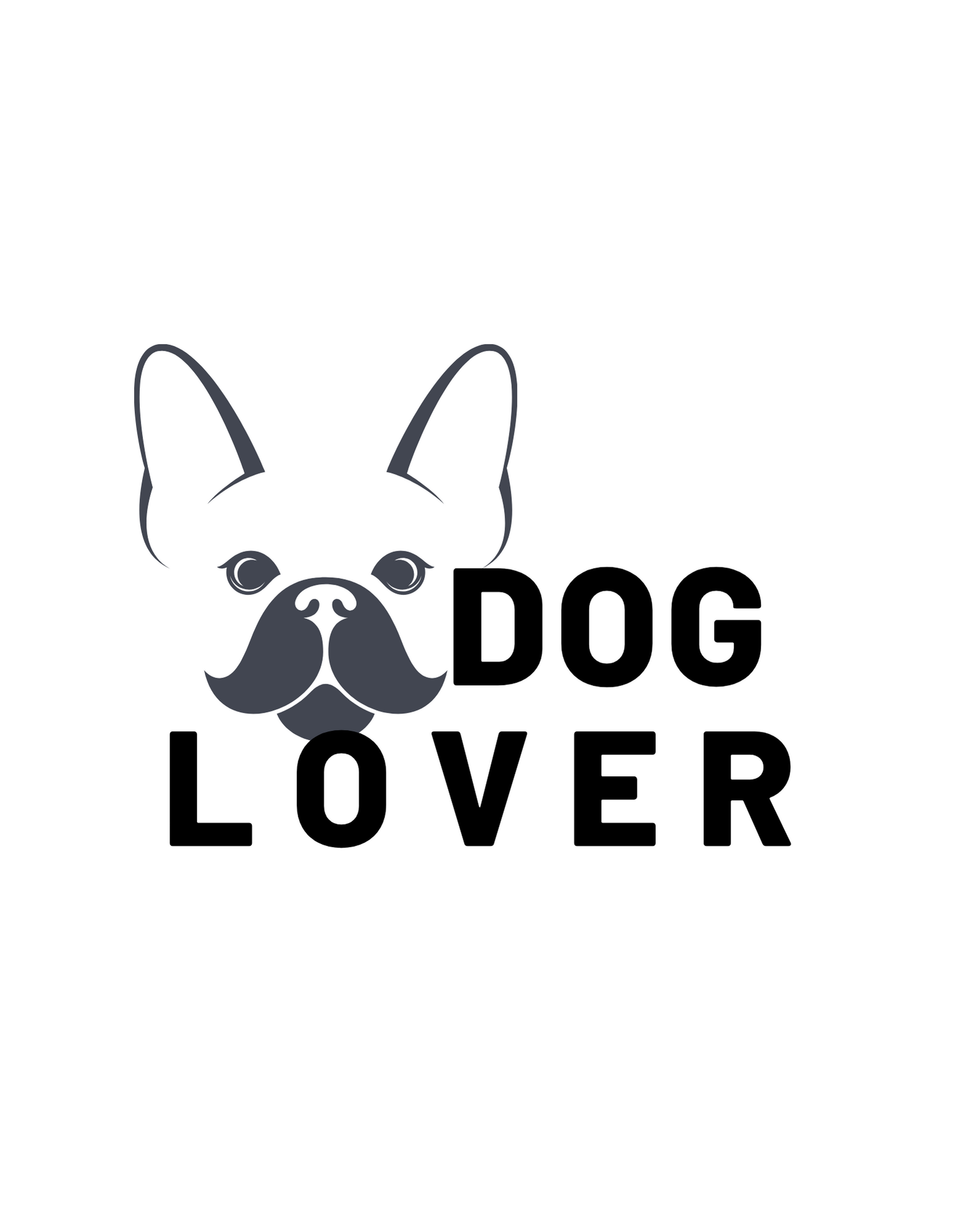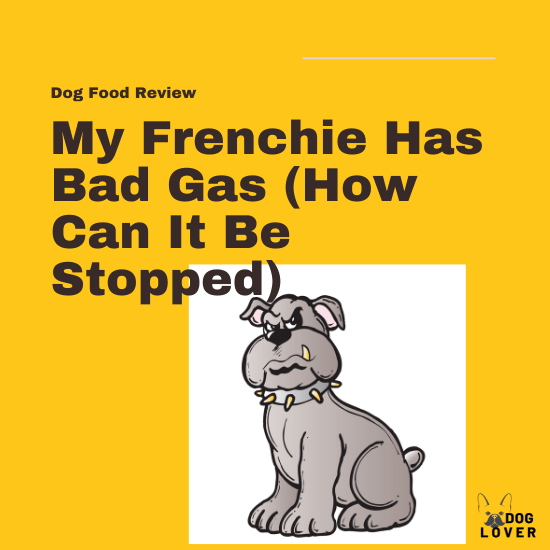The Pet obesity problem is every pet parent’s headache.
The Association for Pet Obesity Prevention survey revealed that 59% of pets in America are obese.
This is worrying since obesity comes with other health problems, including diabetes, pancreatitis, high blood pressure, and heart-related problems.
Read through for more on pet obesity.
Pet Obesity is an Epidemic
Pet obesity is a massive problem for all pet parents. A 2019 vet report confirmed this. According to the report, obesity exposes dogs and cats to the risk of osteoarthritis. From the report, 51% of more than 1.9 million dogs were overweight. This means the dog’s weight exceeded its ideal body weight by 10%-20%.
This is a pandemic as obesity leads to more health issues, including:
- Metabolic abnormalities
- Cardiovascular problems
- Functional alterations include poor immunity and joint issues.
- Endocrinopathies
This is heartbreaking as only 10% of the obese dogs shed unhealthy pounds, and out of these, 40% gained weight within 1 year.
What percentage of American pets are overweight?
The current survey by the Association of Pet Obesity Prevention found that 55.8% of dogs and 59.5% of cats in America were obese. This translates to 50 million dogs and 56 million cats who are overweight.
Why is dog obesity increasing?
Many factors are to blame for the increasing dog obesity. They include the following:
- Overfeeding: Most pet parents give their dogs more food than their bodies need. Some contributing factors include fatty foods, more meal times, table scraps, increased dog treats, and frequent diet changes.
- Lack of exercise: Pet parents do not find time to exercise their dogs. Indoor dogs are susceptible to obesity as they do not burn calories.
- The misconception of obesity: Pet parents do not want to accept their dogs are obese. They see an obese dog as being healthy.
- Diseases: Some diseases, including hypothyroidism and insulinoma, are the main culprits of unhealthy weight.
- Enclosed spaces: Pet parents with less space prefer spending time with their dogs in those confined spaces. Mobility ensures dogs burn excess calories and fats. Being left in an enclosed space encourages obesity. Less movement means no energy is expended, and many fats are stored. Fat and calorie accumulation promote unhealthy weight gain.
Why is obesity in pets a problem?
Pet obesity hurts your dog’s overall wellness. Leaner dogs are known to live longer than their overweight counterparts. The lifespan of learner dogs can be extended by 6-12 months. This is even worse for Labs as leaner Labs can have 2 more years to live than heavier Labs. Here are the reasons why pet obesity is a huge problem:
- Obese dogs are exposed to the risk of diabetes Mellitus, certain types of cancer, hypertension, and cardiac problems: Excessive urination and decreased appetite. Frequent infections are some of the symptoms of diabetes mellitus. Depression, seizures, blood in the urine, and hear murmurs signify hypothyroidism. Mast cell cancers and breast tumors are common in obese dogs. Obesity negatively affects the heart, leading to reduced respiratory function and tracheal collapse.
- Obese dogs are susceptible to osteoarthritis and bone degeneration: osteoarthritis is a progressive inflammation of the joints. This problem worsens over time and causes cartilage deterioration. Common symptoms of osteoarthritis include poor posture while urinating or defecating, lameness, pain when petted, and loss of muscle mass over the spine or the limb.
- Obese dogs are predisposed to urinary bladder stones: This results from minerals in urine becoming concentrated and sticking together, thus forming crystals.
- Obese dogs can develop aesthetic complications because they are less heat tolerant.
How do I know if my dog needs to lose weight?
Veterinarians are the best to determine whether your dog is obese. However, some tell-tale signs can help you make the right conclusion:
- Rib coverage: Regardless of your dog’s breed, you should be able to feel all the ribs. If there is a thick fat layer preventing you from feeling the ribs, your dog needs to shed some pounds.
- Your dog’s chest should be wider than the abdomen: Overweight dogs have no distinction between the chest and the abdomen.
- Excessive Panting: Increased panting when walking, slower walks than usual, reduced activity levels, or increased naps than usual could also signify obesity.
How do you solve pet obesity?
Here are 5 ways to help with pet obesity:
- Regular exercise: Physical exercise is essential for all dogs as it helps with mental and physical health. Taking frequent evening walks or playing with your dog helps burn excess fat and calories to give your dog a leaner, healthier body. It is best to start early as this helps reduce the risk of obesity.
- Portioned meals: Obese dogs usually eat more than the required amounts. Schedule specific times when your dog can eat. Avoid free feeding as your dog may not control itself from consuming more. In addition, portion control is crucial. Know how much your dog should consume and reduce the amounts if your dog keeps adding weight. Finally, ensure you reduce the number of treats you give your dog.
- Ensure everyone is on board: All family members should work towards getting your dog back to a healthy weight. If some family members are sneaking food for your dog, your weight loss journey won’t be successful.
- Be persistent and consistent: The weight loss journey takes time and you should not give up. In addition, you should be consistent with your daily routine for weight loss. You should not give in to your dog’s begging eyes while enjoying your food.
- Keep track of your dog’s progress: Keeping track of your dog’s progress in the weight loss journey is an excellent idea. It helps you know which foods to stop serving and whether you need to change your dog’s diet fully. Seeing your dog shed some pounds will motivate you to work harder.
How can I get my obese dog to lose weight?
Getting your obese dog to lose weight is not a walk. You need to combine different methods and be persistent. Some ways to get your dog to lose weight include regular exercise, reduced meals, spreading meal times throughout the day, reduced treats, and less fatty foods.
Is pet obesity an epidemic?
Yes, pet obesity is a huge epidemic. It lowers your dog’s lifespan as it contributes to the development of other chronic diseases, including diabetes mellitus, pancreatitis, heart problems, and joint issues.
Does dry dog food make dogs fat?
Yes, grain-inclusive kibble has lots of starch and carbohydrates. Grain-free options are also bad as they contain high starchy carbs, including peas. These contribute to the rising pet obesity.
Why is my dog overweight but doesn’t eat much?
If your dog is gaining weight without overeating, it could be hypothyroidism. Hypothyroidism makes the thyroid underactive, thus lowering metabolic rates. A vet visit is advisable.
Does walking a dog help lose weight?
Yes, walking a dog helps lose weight. Walking is a physical activity that helps dogs break down excess fat and calories naturally. This translates to shedding off unhealthy pounds.
How much exercise should an overweight dog get?
Brisk walking 30 minutes 5-7 days a week is great for weight loss. However, you can start slowly and gradually increase the number of days. Start with 30 minutes every 3 days a week.
Do green beans help dogs lose weight?
Yes, green beans are low in calories and high in fiber, hence an excellent way to lose weight. Consult the vet first, as relying on green beans can cause nutritional imbalances.
Can dogs lose weight without exercise?
No, they can’t. Although diet is important for weight loss, exercise is crucial as it helps dogs burn excess fat. Regardless of their body weight, all dogs need exercise for mental and physical wellness.
How long does it take for overweight dogs to lose weight?
Most dogs will achieve their ideal body weight within 6-8 months. If the weight loss journey takes longer, you may need to adjust your dog’s diet and daily routine.
How many times a day should a dog eat?
The number of times to feed your dog largely depends on your dog’s life stage. Puppies are highly energetic and need 3-4 meals per day, while adults and seniors require approximately 2 meals.
How many cups of food should my dog be eating?
For typical activity levels, large dogs should have 2 ⅘-3 cups, medium dogs 2-2 ⅔ cups, small dogs 1-1 ⅖ cups, and toy breeds ¼-1 cup daily. Senior dogs need fewer calories than puppies and adults.
Should dogs eat more in the morning or evening?
Dogs should eat more in the morning as they will burn calories through physical activities throughout the day. In the evening, serve smaller meals as there is less physical activity.
Is it okay to only feed your dog once a day?
Yes, feeding your dog once a day is okay. This mainly applies to large dogs as small dogs have difficulty regulating their blood sugar levels, and infrequent meals can lower their blood sugar.
Over to You
Pet obesity is alarming. The figures go up every day, and each new survey reports an increase in the number of obese pets.
Obesity comes with many health issues, including joint and heart problems. These diseases can be fatal if not diagnosed earlier.
However, hope is not lost as there are many ways to deal with this pandemic. Regular exercise, diet adjustment, and commitment as a pet parent are crucial in bringing back your dog’s lean body.
Accepting that your dog is obese is the first step to a healthy weight. Consult the vet before introducing any weight loss measures.


